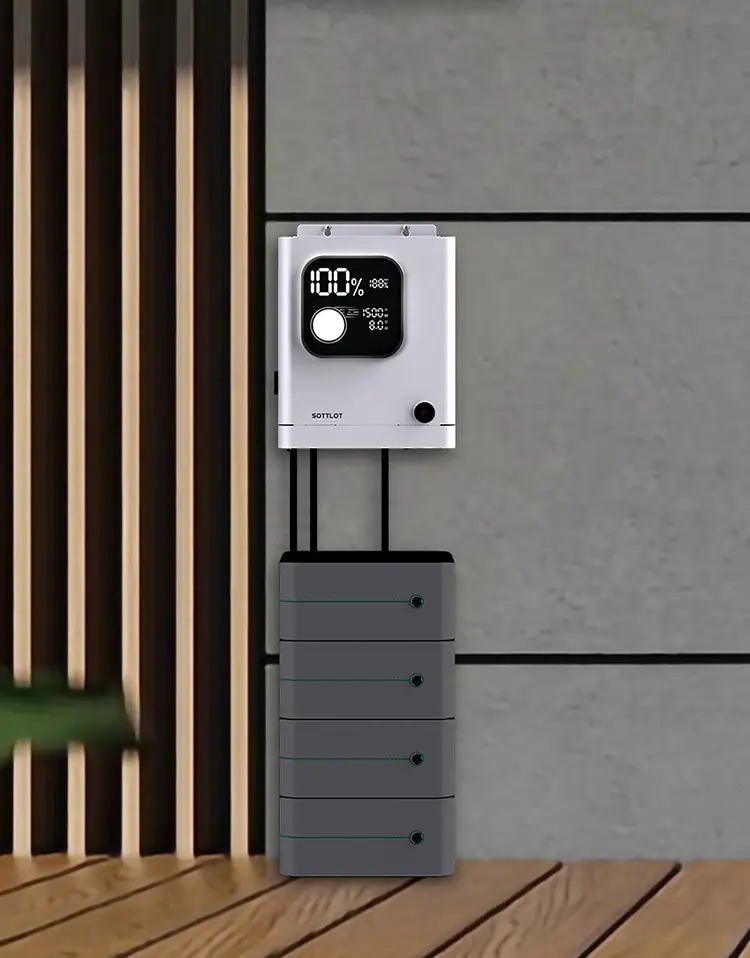As a convenient and practical power supply device, portable power stations have become increasingly popular among outdoor enthusiasts and travelers. In outdoor activities, we often need to power electronic devices such as mobile phones, tablets, cameras, etc., and portable power stations can meet these needs. This article will analyze in detail the inverter and output interface of an outdoor portable power supply.
Inverter
The inverter is an important part of portable power stations. Its main function is to convert DC power into AC power. In this way, we can use the power source to power devices that require AC power.
How the Inverter Works
The inverter converts DC power into AC power through internal circuits. It contains a series of electronic components, such as transistors, diodes, transformers, etc., that work together to convert DC power into AC power and adjust the voltage and frequency to suit the needs of different devices.
Inverter Power
The power of the inverter determines how much power it can supply. Common portable power station inverters generally range from 100W to 500W, which is enough to meet the needs of most portable devices. When choosing a portable power station, you need to select the appropriate inverter power based on your equipment power needs.
Inverter Efficiency
The efficiency of the inverter is also an important consideration. The higher the efficiency, the less energy is lost in the conversion process, thus increasing the power supply’s operating time. Generally speaking, high-quality portable power stations will have higher inverter efficiency.
Output Interface
Portable power stations are usually equipped with a variety of output interfaces to meet the charging needs of different devices.
USB Interface
The USB interface is one of the most common output interfaces and is used to charge smartphones, tablets, digital cameras and other devices. Modern portable power stations usually provide multiple USB ports to facilitate charging multiple devices at the same time.
Type-C Interface
The Type-C port is becoming increasingly popular due to its fast charging and data transfer capabilities. Some high-end portable power stations will be equipped with a Type-C interface to meet users’ needs for fast charging.
AC Outlet
Some portable power stations also provide AC outlets for powering laptops, small appliances, and other devices. The AC outlet is usually connected to the inverter’s AC output.
DC Interface
The DC interface is used to power some specific devices such as 12V car appliances, flashlights, etc. Portable power stations may provide DC interfaces of different specifications to adapt to different devices.
Summary
The inverter and output interface of portable power stations are important components. The inverter converts DC power into AC power to supply devices that require AC power; while the output interface provides a variety of charging options to meet the needs of different devices. When selecting a portable power station, you need to choose the appropriate inverter power and output interface type based on your equipment needs. At the same time, we should also pay attention to the quality and safety of the power supply to ensure it can reliably power the equipment during outdoor activities.




